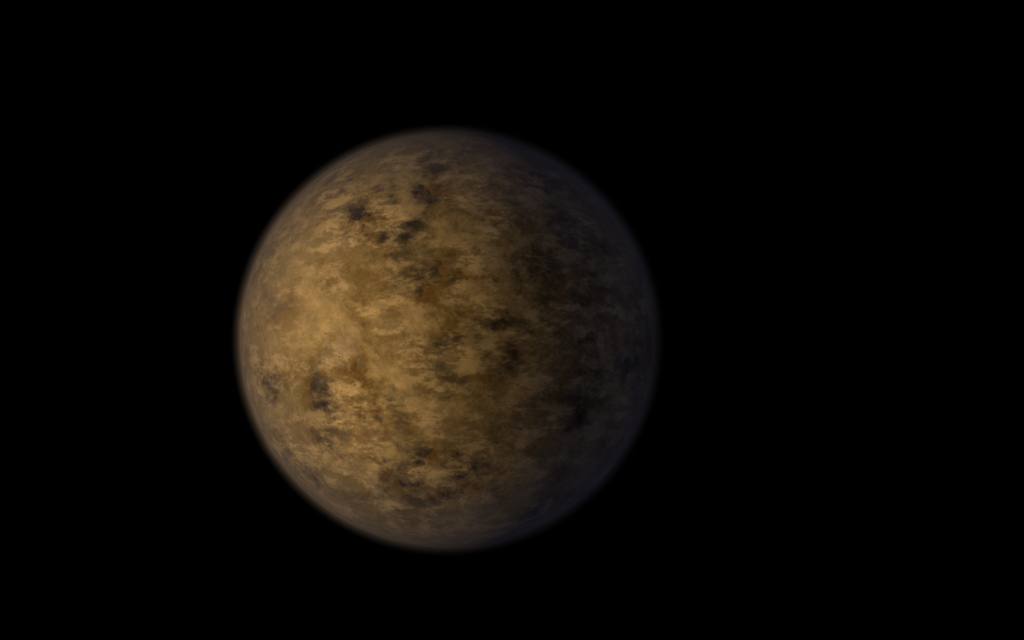What is a Superhabitable Planet?
A superhabitable planet is a type of exoplanet that may have conditions more suitable for life than Earth. The concept of superhabitability was proposed to explore the possibility that there could be planets that are even better suited for life than Earth. Some characteristics of superhabitable planets might include:
- Larger Size: Slightly larger than Earth to provide more surface area and gravity for a thicker atmosphere.
- Older Age: Older than Earth, around 5 to 8 billion years, allowing more time for life to develop and evolve.
- Stable Climate: More stable climate with fewer extreme weather events.
- Location: Located within the habitable zone of their star, where liquid water can exist.
- Geological Activity: Moderate geological activity to recycle nutrients through volcanic activity.
- Atmospheric Composition: A thicker atmosphere that can better support a stable climate and protect life from harmful radiation.
- Host Star: Orbiting a K-type star, which has a longer lifespan than our Sun (a G-type star), providing a longer period for life to potentially evolve.
Closest Superhabitable Planet
As of now, no superhabitable planets have been definitively confirmed. However, scientists have identified potential candidates that might fit the criteria of superhabitability. One notable example is Kepler-442b, which is considered one of the most Earth-like exoplanets discovered so far. It orbits within the habitable zone of its star and has conditions that could potentially support life, although it is not yet confirmed to be superhabitable.

Another candidate is Teegarden’s Star b, located just 12 light-years away from Earth. It is one of the closest potentially habitable exoplanets discovered, but more research is needed to determine if it meets the criteria for superhabitability.

For more information, visit, https://en.wikipedia.org/wiki/Superhabitable_world
Response from InsightsAI
## Superhabitable Worlds: Beyond Earth 2.0
The search for life beyond Earth often focuses on finding “Earth-like” planets, but what if there are planets out there even *better* suited for life than our own? Enter the concept of **superhabitable worlds** – hypothetical planets or moons possessing characteristics that could potentially support a greater diversity and abundance of life than Earth. **Key Characteristics of a Superhabitable World:** * **Star Type and Age:** A K-type star, slightly cooler and smaller than our Sun, with a longer lifespan, providing a larger habitable zone and more time for life to evolve. * **Planet Size and Mass:** Slightly larger and more massive than Earth, leading to stronger gravity (holding a denser atmosphere), more stable tectonics, and potentially more landmass for diverse ecosystems. * **Water and Land Distribution:** More evenly distributed landmasses and oceans, promoting biodiversity by reducing extreme environments. * **Atmosphere and Temperature:** A denser atmosphere with higher oxygen content, resulting in a slightly warmer average temperature and potentially larger organisms. * **Magnetic Field:** A strong magnetic field to shield life from harmful cosmic radiation. * **Moon:** A larger moon than ours to further stabilize the planet’s axis and tidal systems. **Potential Advantages of Superhabitable Worlds:** * **Increased Biodiversity:** A wider range of habitable environments could support a greater variety of life forms. * **Longer Lifespans for Life:** Longer-lived stars provide more time for complex life to evolve and thrive. * **More Stable Environments:** Enhanced tectonic activity and a larger moon contribute to a more stable and predictable climate. **Challenges and Considerations:** * **Theoretical Concept:** The existence of superhabitable planets is still hypothetical, and their specific characteristics are debated. * **Detectability:** Identifying such worlds with current technology is difficult, as they may not perfectly resemble Earth in observations. * **Unknown Factors:** We don’t fully understand all the factors that contribute to habitability, making it hard to predict the exact conditions of a superhabitable world. **The Future of Superhabitability:** The search for superhabitable worlds pushes the boundaries of our understanding of life in the universe. While finding them presents significant challenges, advancements in telescope technology and data analysis could one day reveal their existence. This pursuit compels us to reimagine the possibilities of life beyond our pale blue dot and consider that even more hospitable worlds might await our discovery.
